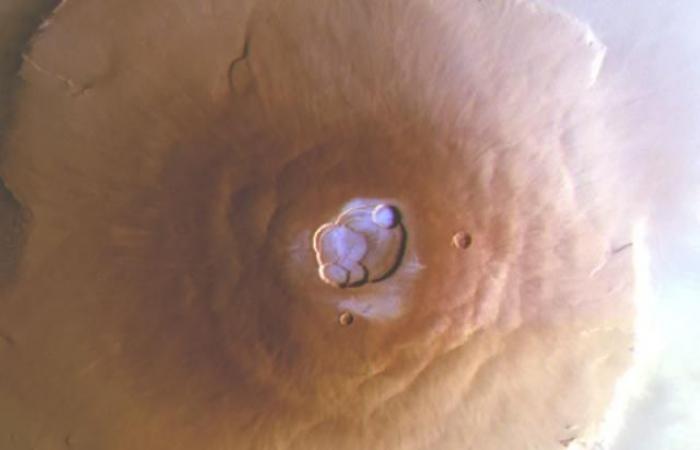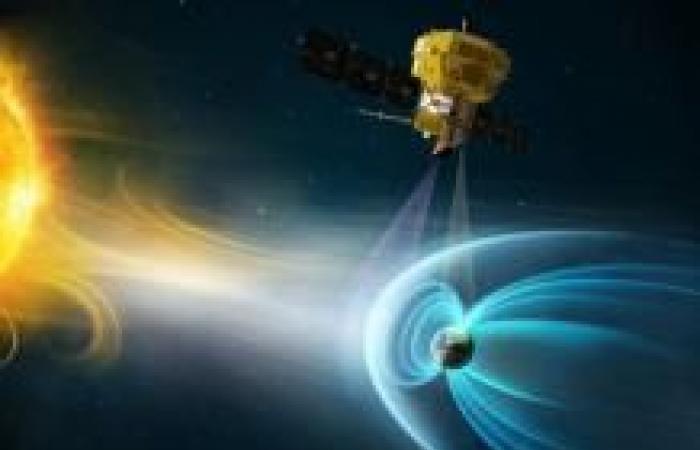A team of scientists has discovered Frost on Mars’ Tharsis volcanoes -the highest in the Solar System-, located near the planet’s equator, a place where it was believed impossible for there to be ice. The discovery has cast doubt on hypotheses about the climate dynamics of the red planet.
ESA prepares to study clouds, aerosols and their influence on climate
Read more
“We thought it was unlikely that frost would form around Mars’ equator, since the mixture of sun and thin atmosphere keeps temperatures relatively high during the day, both on the surface and on top of mountains, unlike what we thought. we see on Earth, where you might expect to see icy peaks,” explains Adomas Valantinas, who led the study as a doctoral student at the University of Bern, Switzerland.
Water on Mars
Understanding where water may be on Mars and how it behaves is important for future missions and for human exploration there. planet.
To know more about all this, the European Space Agency (ESA) It has the Trace Gas Orbiter (TGO) of the ExoMars mission that is equipped with the Mars Surface Color and Stereoscopic Imaging System (CaSSIS), which since April 2018 has been observing Mars and sending high-quality color images. resolution of the planet’s surface.
(We also invite you to read: US university discovers cardiovascular benefits of orange peel )
Thanks to these images, the team led by Valantines has been able to discover Martian frost for the first time very close to the planetary equator.
According to the study, the frost only lasts a few hours after sunrise, before evaporating in sunlight, and is extremely thin, one hundredth of a millimeter thick, or as wide as a human hair.
ESA and Arianespace will carry out a mission to study the solar wind
Read more
However, it is estimated that this frost occupies a very vast area that hides some 150,000 tons of water that pass from the surface to the ground. atmosphere every day during the cold seasons, the equivalent of about sixty Olympic swimming pools.
Tharsis, the region of Mars Where the frost was found, it is home to numerous volcanoes, many of them colossal, rising above the surrounding plains to heights ranging from one to two times that of Earth’s Mount Everest. Mount Olympus, for example, is as wide as France.
The frost settles on the volcano calderass, which are large cavities in their summits created during past eruptions. Researchers propose that the way air circulates above these mountains creates a unique microclimate that allows the thin patches of frost to form.
The team believes that modeling how they form the frosts could help unlock secrets of Mars, such as understanding where water exists and how it moves, as well as understanding the complex dynamics atmosphere of the planetessential for future explorations and the search for possible signs of life.
Do you want to access all the quality content without limits? ¡SUBSCRIBE HERE!







